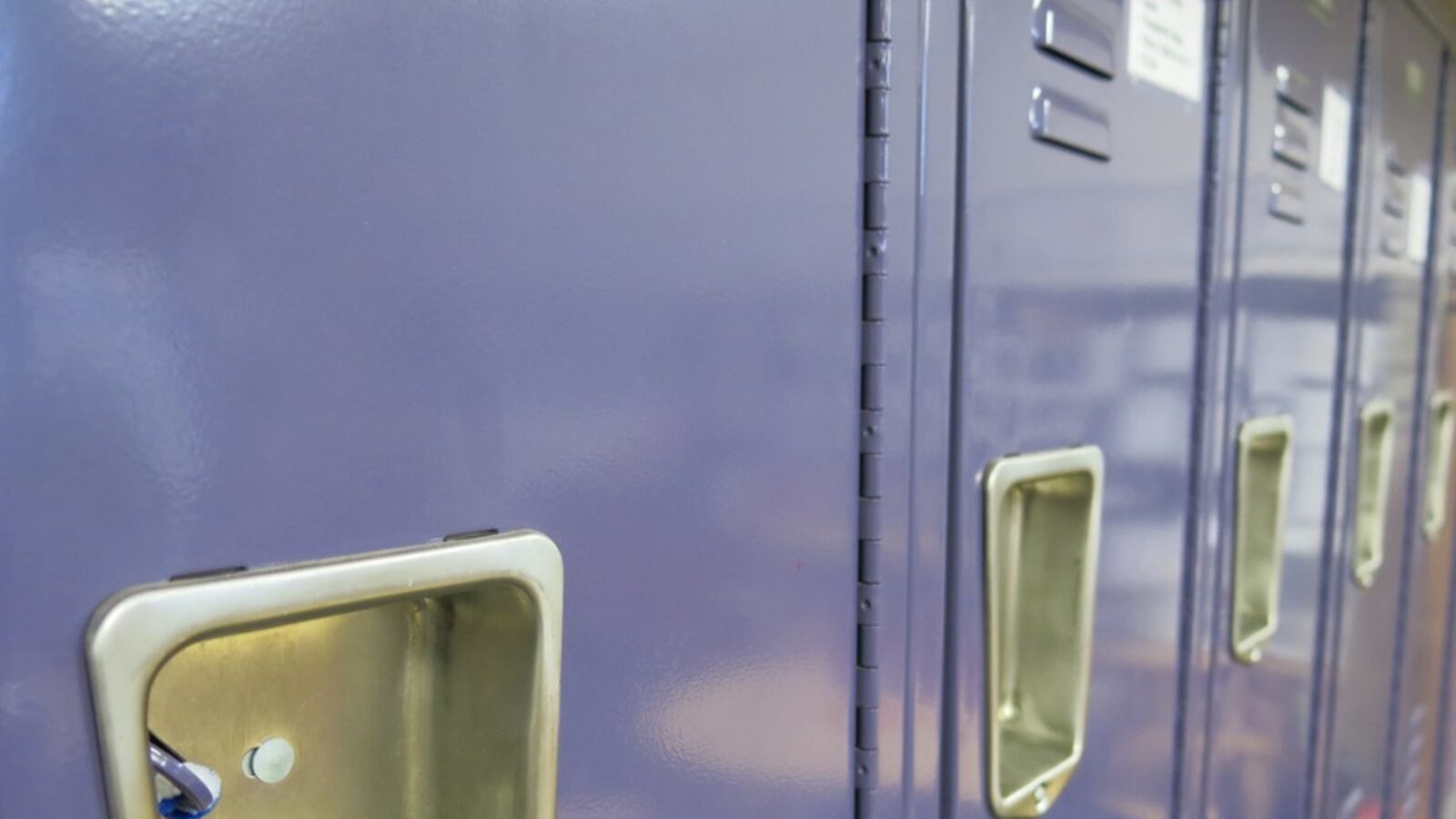The mood was glum at Stuyvesant High School on the second day back from summer vacation. But it wasn’t back-to-school anxiety that had dismayed the teachers.
As computer science teacher Mike Zamansky tells it, teachers came into school on Wednesday upset about their evaluation scores, which most city teachers received Tuesday night. Nearly all of the teachers received the second-highest rating, he said, but many were suspicious that the calculations used to come up with each teacher’s score weren’t entirely accurate, or even fair.
“Everybody came in this morning feeling as though we had our teeth kicked in,” said Zamansky, an outspoken critic of the new evaluations who also wrote about the issue on his blog.
Not all teachers had the same reaction as Zamansky to the ratings, which were the first visible results of a new evaluation system that began last year for city teachers. Some teachers said the scores were barely brought up at their schools, while others said they were briefly discussed in a meeting, then dropped for more urgent matters like decorating classrooms and huddling in grade teams to focus on lesson planning.
It’s not a big surprise that the evaluations weren’t met with more enthusiasm. Performance reviews in any profession are rarely a reason for employees to celebrate, although top-rated city teachers could now be eligible for a $20,000 bonus from the state and leadership positions in the city. But even teachers with the highest ratings possible greeted the news with some skepticism.
”Because my ratings have been all over the place, I’m not taking it too seriously,” said Danielle Lerro, a middle school English teacher in the Bronx who was rated “highly effective,” recalling previous evaluation scores she received during a city pilot program. Those were so volatile that she was still skeptical of the new evaluations, which are based on different calculations, she said.
At the High School for Public Service, English teacher Jason Zanitsch said the mood at his school on Wednesday morning was “mostly negative” when evaluations came up.
“‘How was my score lower than his/hers?’” was a question that Zanitsch recalled from the discussions. With school about to start, the talk was “Not a good thing in building a learning community,” he said.
The evaluations for city teachers are calculated using a combination of student test scores, which count for 40 percent of the final rating, and classroom observations, which count for 60 percent. In most cases, teachers won’t face any negative consequences from their ratings this year, though that hasn’t eased criticism of the system.
Zamansky dismissed his own score, an 88 out of 100, in part because he was among thousands of city teachers whose evaluations was based partially on test scores of students and subjects that they didn’t teach. The city has not provided assessments for the areas in which they teach—computer science in Zamansky’s case—so a large part of their score comes from composite math or reading scores.
The first round of ratings comes just days after the state released older teacher evaluation data based on the 2012-13 school year, a year before New York City adopted its own evaluation plans. That data showed the vast majority of teachers statewide received high ratings, though the share of top ratings was lower in poor urban districts whose students are more similar to New York City’s.
The Department of Education won’t release a citywide breakdown of evaluation scores until later in the year, once the city verifies all data with the state and teachers have a chance to appeal their ratings.
Patrick Sprinkle, a history teacher rated “effective” on his evaluation, noted the ratings would mean more once he could see individual student’s test scores, which will be released to teachers on Sept. 15.
“It’s hard to really talk about [the evaluations] when there’s no actual data attached to it,” said Sprinkle, who teaches Advanced Placement courses at the Lab High School for Collaborative Studies in Manhattan.
A few teachers said they saw indications that the city would follow the statewide trend, since the vast majority in their schools were rated effective or highly effective. Still, an informational meeting held by the United Federation of Teachers about how teachers could appeal low ratings received from principal observations drew some teachers on Wednesday afternoon.
On his way out of the meeting at UFT headquarters, one science teacher from a large high school in Queens said he estimated he was one of 30 of 185 teachers to receive an “ineffective” rating at his school. He said he didn’t blame his supervisor for the low marks, however. “The kids can’t read, can’t write, can’t compute, can’t think,” said the teacher, who declined to give his name because he didn’t want others to know his rating. “What do you expect?”


